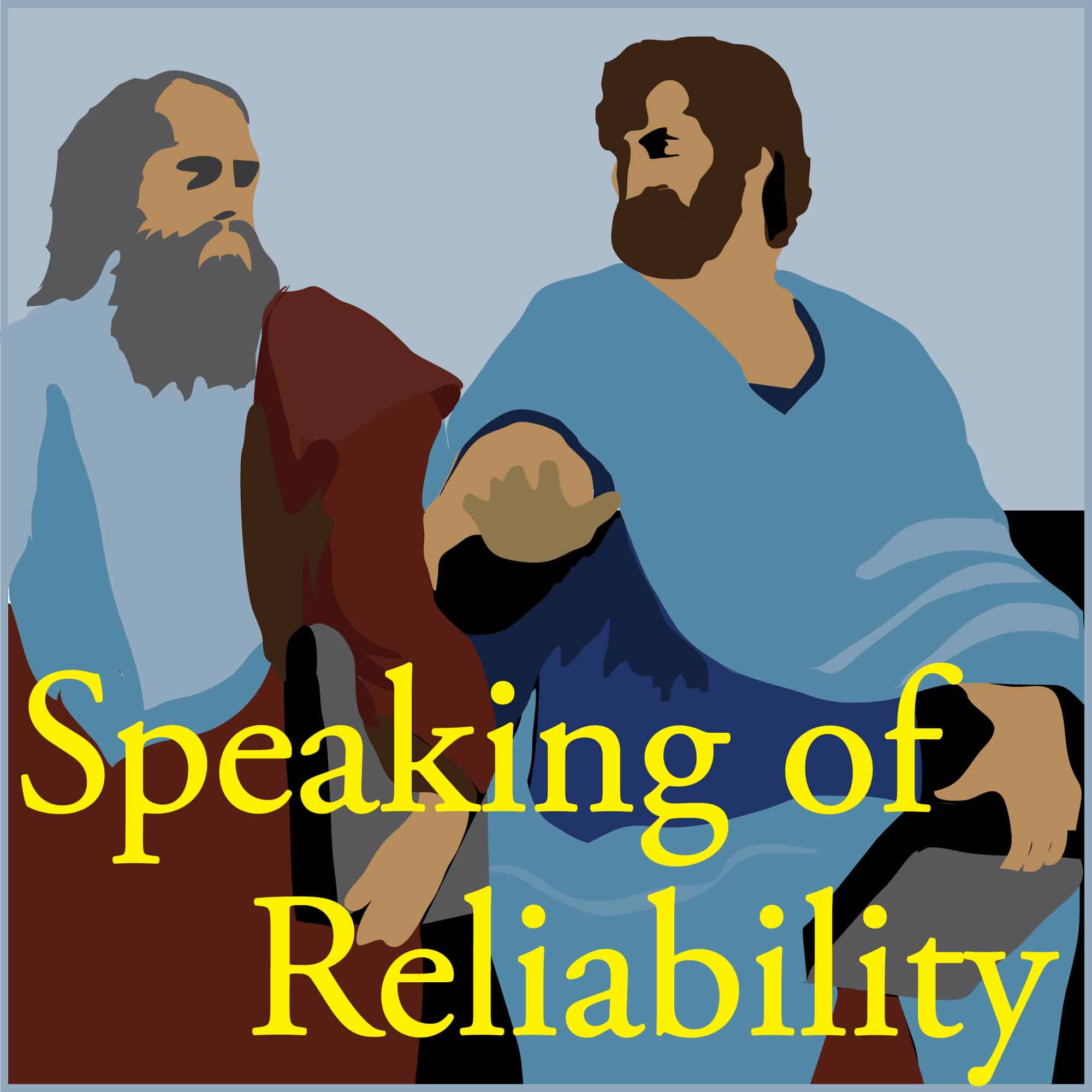

Speaking Of Reliability: Friends Discussing Reliability Engineering Topics | Warranty | Plant Maintenance
Reliability.FM: Accendo Reliability, focused on improving your reliability program and career
Gain the experience of your peers to accelerate improvement of your program and career. Improve your product development process, reliability or warranty performance; or your plant uptime or asset performance. Learn about reliability and maintenance engineering practical approaches, skills, and techniques. Join the conversation today.
Episodes
Mentioned books

Sep 1, 2023 • 0sec
SOR 892 Where are FMEAs (and their standards) Heading?
Where are FMEAs (and their standards) Heading? Abstract Carl and Chris discussing the future of FMEA, sharing their vision for where this method is headed. Key Points Where are FMEAs (and their standards) Heading? Abstract Carl and Chris discussing the future of FMEA, sharing their vision for where FMEA as a method is headed, as […]

Aug 28, 2023 • 0sec
SOR 891 Last Minutism
Last Minutism Abstract Greg and Fred discussing why do folks wait to the last minute to get important things done. We go beyond procrastination to understand the basics of last minutism. Key Points Join Greg and Fred as they discuss practical tips and tools to avoid last minutism. Topics include: What is last minutism behavior? […]

Aug 25, 2023 • 0sec
SOR 890 Hero Syndrome
Hero Syndrome Abstract Greg and Fred discuss why heros who fly in to fix a failing project or product recall get all the attention, praise and promotions. But, the folks who maintain the systems day in and day out are often neglected, forgotten, or even dismissed. Key Points Join Greg and Fred as they discuss […]

Aug 21, 2023 • 0sec
SOR 889 Becoming a Consultant
There are lots of different reliability engineering consultants. So it must be easy to become one ... right? Before you take the plunge, do you even know if this is the right direction for you?

Aug 18, 2023 • 0sec
SOR 888 The Role of Regulations
Regulations are an important part of a safe and reliable world. But regulations have also failed to save lives, keep things reliable and make the world safe. Sometimes they are essential. Sometimes they get in the way of innovation. Sometimes they give us the false sense of reliability and safety if they are followed (perhaps because they are out of date, or the technology has changed). So what role do regulations have in the world of reliability and safey?

Aug 14, 2023 • 0sec
SOR 887 Changing Customer Expectations
Changing Customer Expectations Abstract Kirk and Fred discussing a recent product failure that Kirk had with the manufacturer of his e-bike, and the positive outcome. Key Points Join Kirk and Fred as they discuss Kirk’s e-bike user caused failure and how the company had a major spare part that they no longer manufacturing. Topics include: […]

Aug 11, 2023 • 0sec
SOR 886 Making Assumptions
Making Assumptions Abstract Kirk and Fred discuss the use of assumptions in the reliability models, testing, and predictions Key Points Join Kirk and Fred as they discuss how assumptions are used in reliability engineering and how they can be misleading or very limited in making reliability assessments. Topics include: Assumptions must be made about potential […]

Aug 7, 2023 • 0sec
SOR 885 Naked Mole Rat
Ever heard of the 'naked mole rat?' Probably not. It is perhaps the only mammal that never ages. Never gets old. So why do many reliability engineers and textbooks assume that most of our products and machines behave like 'naked mole rats?'

Aug 4, 2023 • 0sec
SOR 884 Allocating Reliability – Conundrum
Reliability allocation involves taking 'high-level' requirements and interpreting them into requirements for components and subsystems that allow smaller teams to work independently towards a common goal. Do this right ... and you save lots of time and money. Do this wrong ... and you get the opposite.

Jul 31, 2023 • 0sec
SOR 883 How to Start First Job
How to Start First Job Abstract Carl and Fred sharing suggestions for new reliability engineers on what to do when starting your first job. Key Points Join Carl and Fred as they discuss their own experiences and lessons learned on how best to begin work as a new reliability engineer. Topics include: What to do […]


